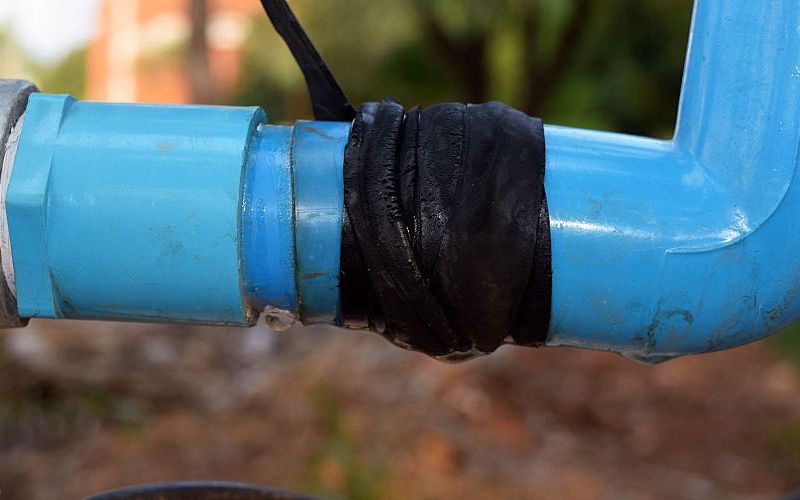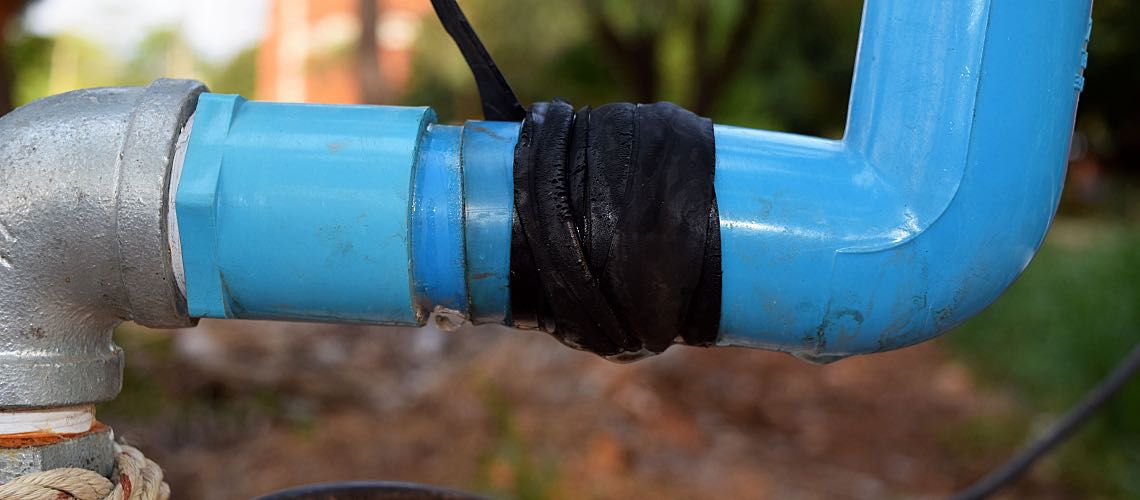EPA May Revise Drinking Water Standards After Six-Year Review


Drinking water standards have changed radically since 1908, when Jersey City became the first U.S. municipality to disinfect its water supply, according to the Centers for Disease Control and Prevention. At the time, American cities suffered frequent epidemics from both typhoid and cholera. The occurrence of typhoid fever, for example, was approximately 100 cases per 100,000 people in 1900. A century later, that decreased to 0.1 cases per 100,000 — for a total of 353 cases in 2006. Not surprisingly, drinking water disinfection and treatment is regarded as one of the greatest public health achievements of the 20th century.
The news isn't all good, however. First, some microbial pathogens are resistant to traditional disinfection. In January 2021, a study published in Emerging Infectious Diseases evaluated the U.S. burden of waterborne disease caused by 17 pathogens. The result: 7.15 million cases, 601,00 emergency department visits, 118,000 hospital stays, 6,630 deaths, and $3.33 billion in direct healthcare costs each year.
But the pathogens aren't the only issue. The disinfectants themselves can react with materials that occur naturally in water, forming byproducts that may increase health risks if consumed in excess of the standards set by the Environmental Protection Agency (EPA). That means water suppliers must balance the risks of microbials against those of disinfection byproducts.
Amendments to the Safe Drinking Water Act (SDWA) require the EPA to develop rules to protect against both. The interrelated Microbial and Disinfection Byproduct (MDBP) Rules include microbial rules to guard against waterborne diseases caused by pathogens and DBP rules to reduce potential hazards of short- and long-term DBP exposure.
Six-Year Review Identifies Candidates for Regulatory Revision
Under the SDWA, the EPA must review each national primary drinking water regulation (NPDWR) at least once every six years to maintain or provide greater protection for public health. As part of the Six-Year Review, the EPA evaluates new data, information, and technologies to determine if any revisions to drinking water standards are needed.
In January 2017, the EPA announced that the Six-Year Review 3 identified eight NPDWRs as candidates for potential regulatory revision. That determination initiated a process that involves more detailed analyses of health effects, analytical and treatment feasibility, occurrence, benefits, costs, and other regulatory matters.
Five microbial-focused NPDWRs are candidates, including Giardia lamblia, heterotrophic bacteria, Legionella, Cryptosporidium, and viruses, along with three disinfection byproduct-focused NPDWRs, including chlorite, five haloacetic acids, and total trihalomethanes.
Public Input on MDBP Rulemaking
The EPA is gathering stakeholder input on MDBP rules to inform potential revisions. The agency hosted an initial two-day virtual public meeting on Oct. 14-15, 2020, to request comments on improving public health protection from MDBPs in drinking water. The EPA will consider the data and information discussed at that meeting, as well as at future stakeholder engagements, to determine whether the agency should initiate rulemaking to revise any MDBP regulations.
To submit comments on the MDBP proposed rule or to access further information on the Six-Year Review and public meetings, visit the new regulations government website, enter docket ID EPA-HQ-OW-2020-0486 and click the Search button. The EPA encourages public input to the docket as soon as possible to select future meeting content, focus, and sequencing. Examples of possible topics include drinking water distribution systems, finished drinking water storage, source water considerations, and consecutive drinking water systems.
Upcoming Public Meetings
Throughout 2021, the EPA will continue seeking input relevant to potential rule revisions through public meetings focused on topics identified through public comments. Here is the tentative schedule for the virtual meetings, which are held from 1–4 p.m. ET:
- May 20, 2021: Disinfectant Residual Levels and Opportunistic Pathogens (including Legionella)
- June 24, 2021: Regulated and Unregulated Disinfection Byproducts
- July 14, 2021: Topics TBD
- Aug. 10, 2021: Topics TBD
- Sept. 1, 2021: Topics TBD
- Sept. 29, 2021: Topics TBD
- Nov. 9, 2021: Topics TBD
After the public meetings are complete, the EPA plans to issue either a) a rule proposal or b) a formal decision not to propose amended rules no later than July 31, 2024. The agency can still set a final rule or withdraw the proposal by Sept. 30, 2027.






